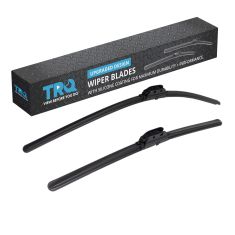1ABFS03083-Honda Civic Front & Rear Semi-Metallic Brake Pad & Rotor, Shoe & Drum Kit TRQ BKA11960



Replaces
2005 Honda Civic DX Sedan Front & Rear Semi-Metallic Brake Pad & Rotor, Shoe & Drum Kit TRQ BKA11960


Recommended for your 2005 Honda Civic
Product Reviews
Loading reviews
Customer Q&A
No questions have been asked about this item.
Honda is a registered trademark of Honda Motor Co., Ltd. 1A Auto is not affiliated with or sponsored by Honda or Honda Motor Co., Ltd.
See all trademarks.

















